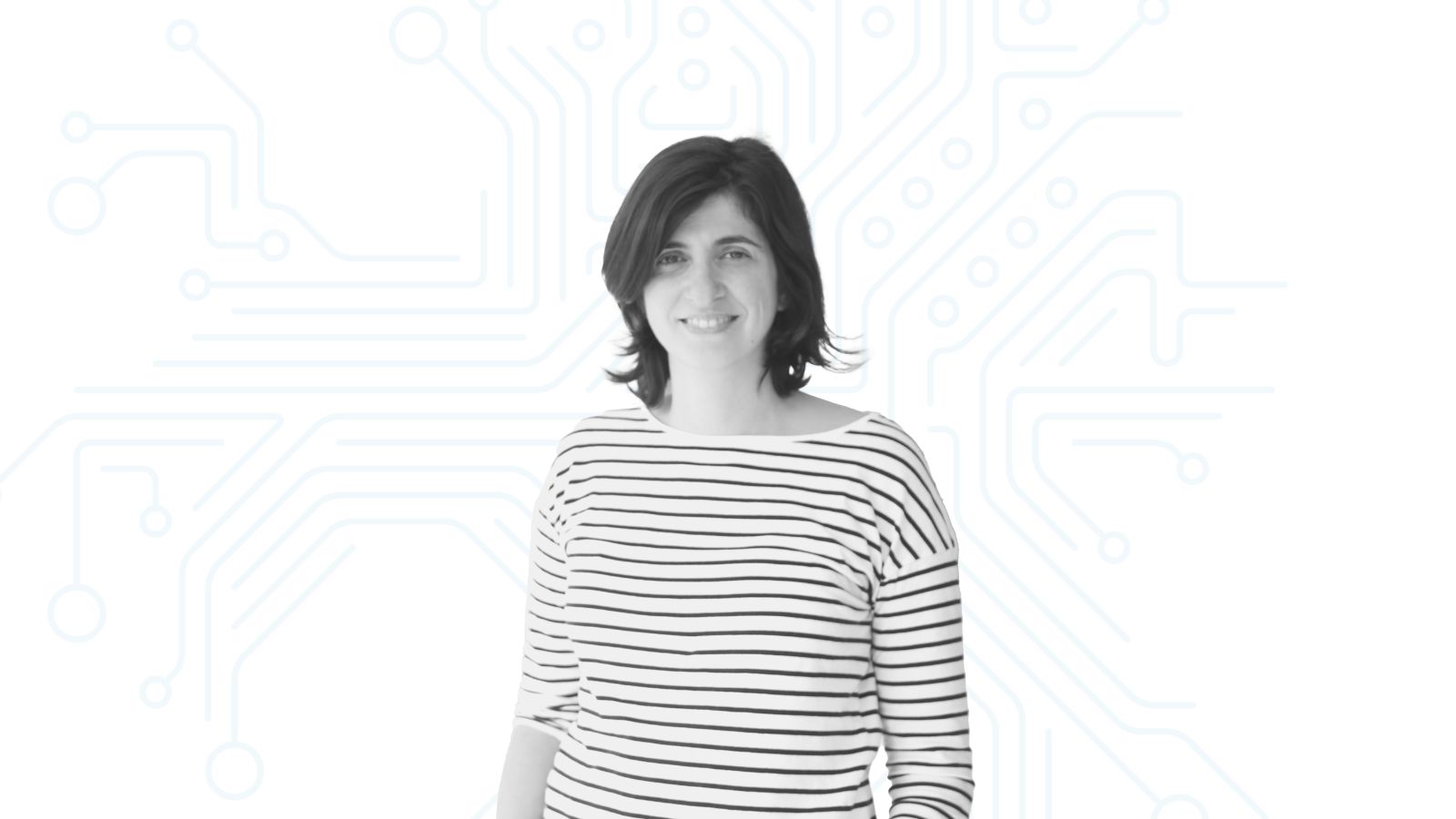INESC TEC Science Bits – Episode 33
Link to the episode (Portuguese only)
Guest speaker
Carla Teixeira Lopes, INESC TEC researcher and professor at the Faculty of Engineering of the University of Porto
Keywords: Linked data, Web, Semantic Web, Ontology, Archives, Semantic Reasoning

What is linked data?
“Different information on different computers” – a sentence by Tim Berners-Lee, when he realised the limitation in terms of access to information stored on different computers, while working at CERN (1980s). To address this challenge and facilitate data management and sharing, he started to develop a solution known as the World Wide Web (WWW).
In his data management proposal, the British researcher focused on three technologies: HTML, HyperText Markup Language; the address used to identify each resource on the web, known as URL; and the HTTP, the protocol that manages communication between browsers and web servers.
His work led to the development of the first website in the early 1990s – still available today.
Nearly two decades after the invention of the WWW, Tim Berners-Lee (“The Father of the Web”) introduced the concept of linked data, emphasising the importance of connecting people and machines so they can explore, process and fully exploit data – even more than simply making information available on the Web.
What is linked data, after all?
In this episode, we explore the results of the EPISA project to understand how we can link data, the main benefits of linked data technologies, how can machines process information and carry out semantic reasoning.




 News, current topics, curiosities and so much more about INESC TEC and its community!
News, current topics, curiosities and so much more about INESC TEC and its community!